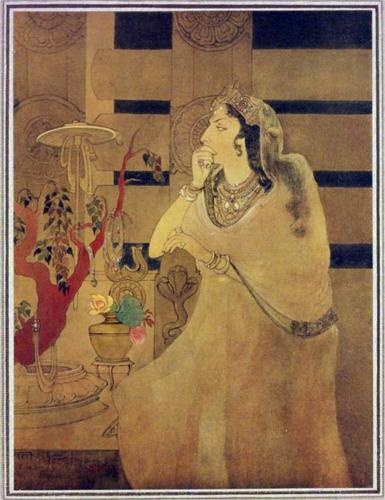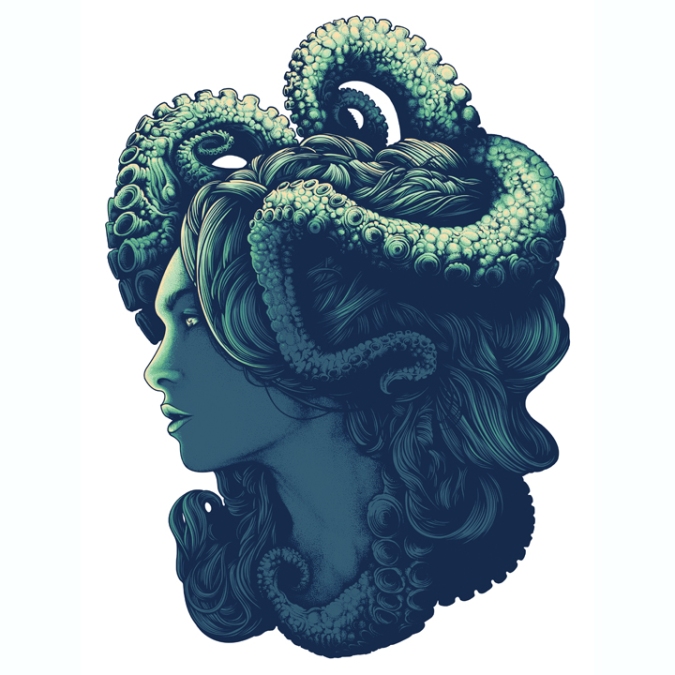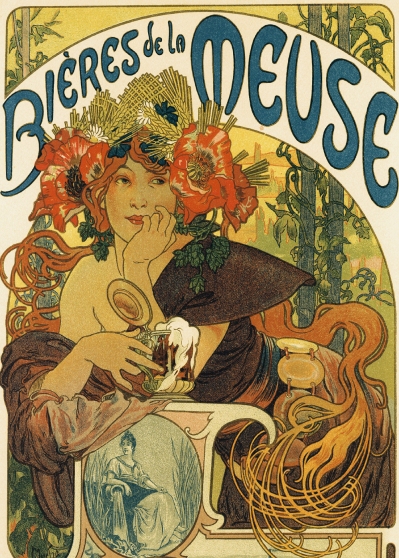Extra Credit Assignment
An essential movement that helped evolve art, design, and the mindset of artists was Art Nouveau. This international style of art, architecture and applied art, was especially fixated towards the decorative arts. It was considered a total art style as it embraced all forms of creation taking form in architecture, graphic art, interior design, and almost all of the decorative art including jewelry, furniture, textiles, household utensils, lighting, as well as the fine arts. These artists had a desire to combine the fine arts and applied arts, even for utilitarian objects. It was very popular between 1890 and 1901, as it cultivated as a reaction to the academic arts of the 19th century. It was highly inspired by natural forms and structures, particularly the curved lines of plants and flowers. The aim was to modernize design, they attempted to abolish the eclectic historical styles that had previously been popular with their more naturalistic take on art. This movement was also committed to abolishing the traditional hierarchy of the arts, which viewed so-called liberal arts, such as painting and sculpture, as superior to craft-based decorative arts. According to the philosophy of the style, art should be a way of life.
These artists were visionaries who were highly self inspired and a bit rebellious. This movement is very empowering to look back on as an artist. It promotes the idea of self discovery through art and pursuing where passion takes you. They went against the norm to create a very beautiful style. It offers a unique approach to elegance that is often strayed away from in lots of modern design. The beauty of how their pieces flow together through imagery and typography really captures the elegance of nature. It also depicts the circle of life in a way and well how nature works together in order to become this thing we know as life. The impact of nature is clearly depicted through Art Nouveau. However, this beauty gets lost in the modern day design through the great deal of industrialization that has taken over. The bold and clean look to modern designs offer their own sense of beauty but its not the same as magnificence of Art Nouveau. Their philosophy was that art should be a way of life, which is why forms of life, like plants and flowers dominated their art style. The artists of this time truly embraced life and all the beauty it has to offer.
This style has a to offer to current designers. Often times we tend to follow guide lines were are taught and have trouble straying away from them. We are taught how design should looked tend to assume that others have figured out the way of design. However, through experimentation, testing the limits, and breaking rules we will never truly grow or expand. Art needs to be treated as a way of life, not a way of conforming. Life is ever changing and growing which is why art needs to follow after. Life has an unlimited supply of inspiration and it is important for artists to take full advantage of this.




 Courtesan, Nell Gywnne
Courtesan, Nell Gywnne





